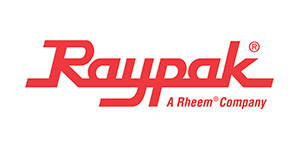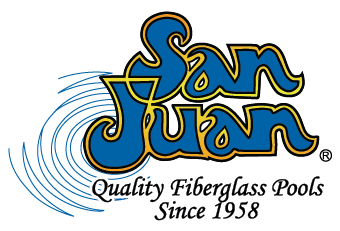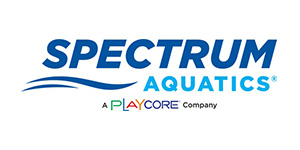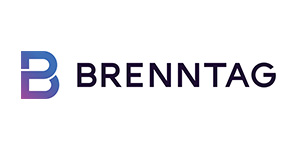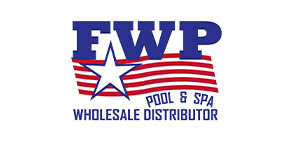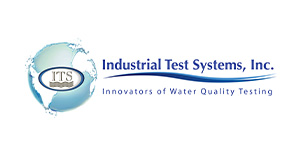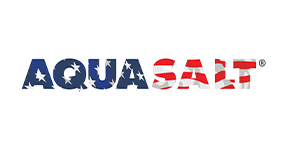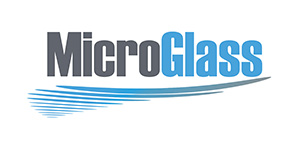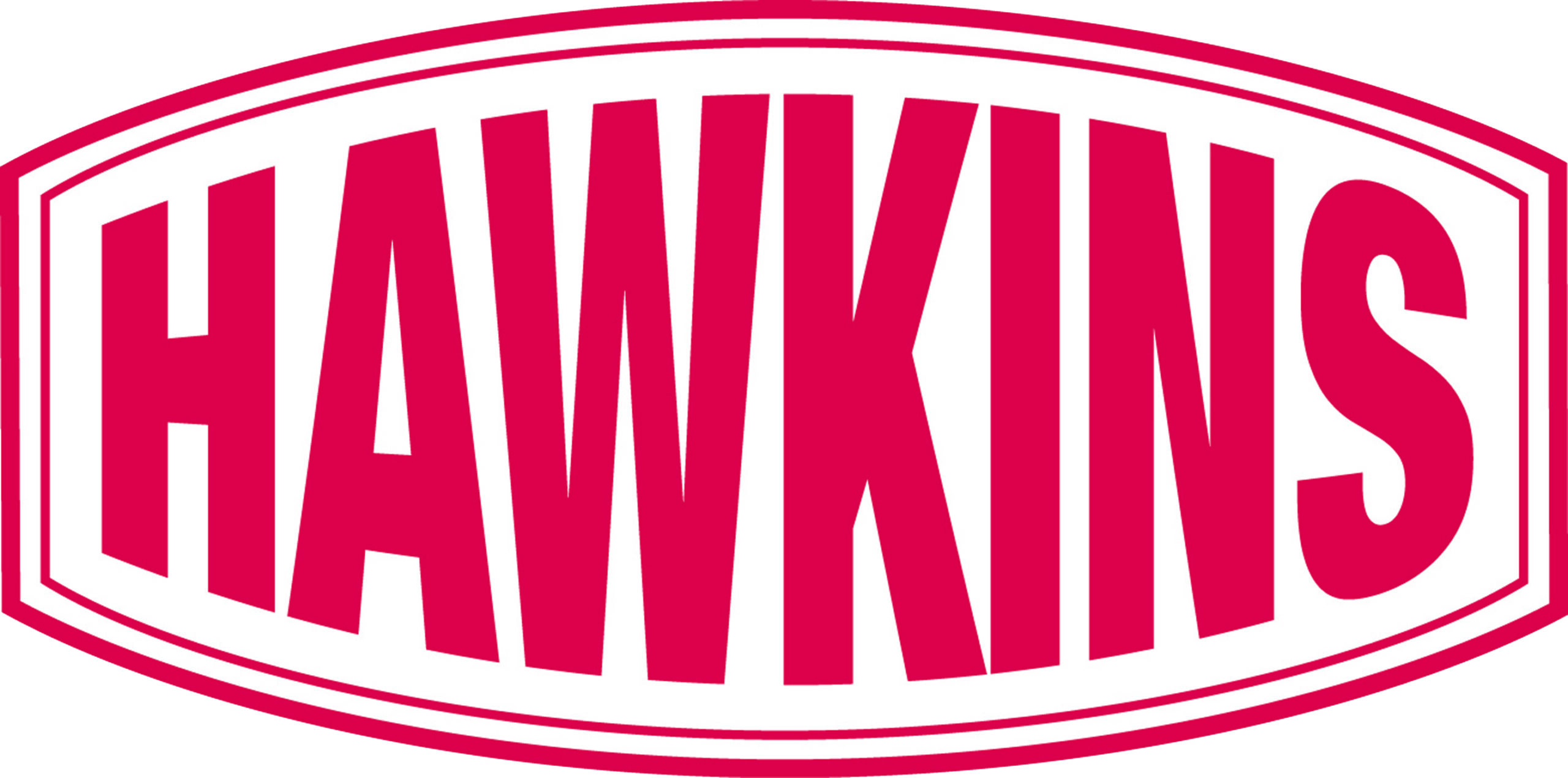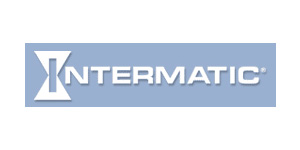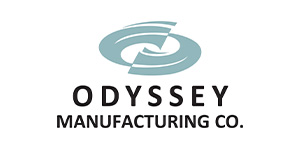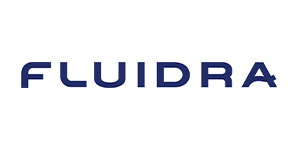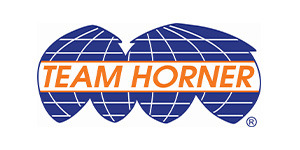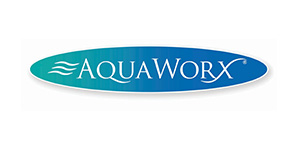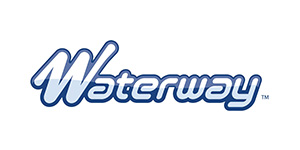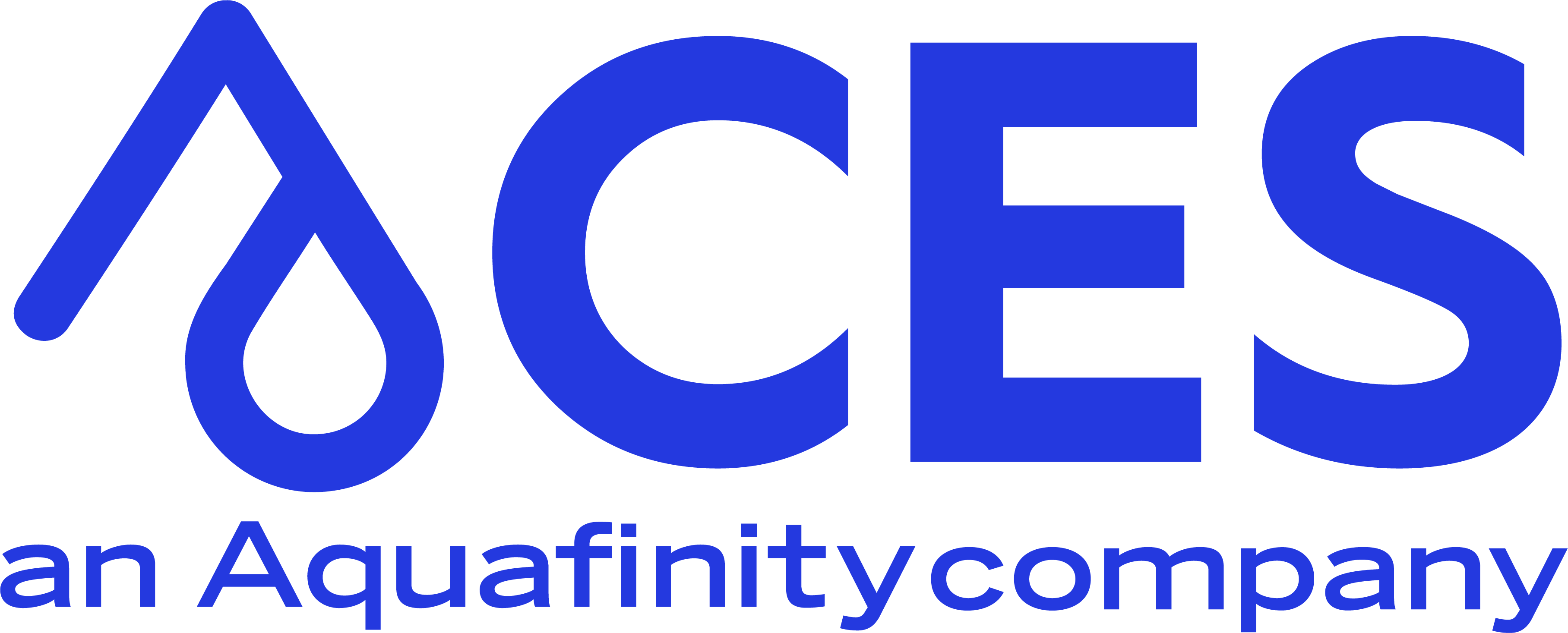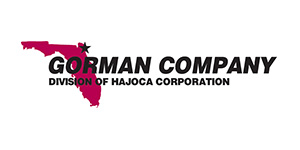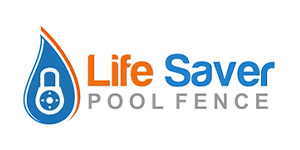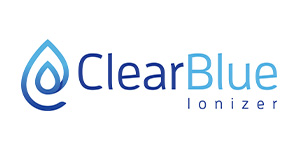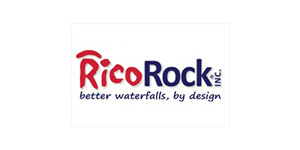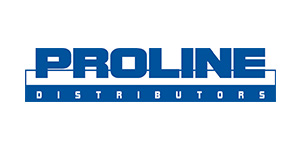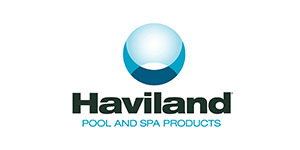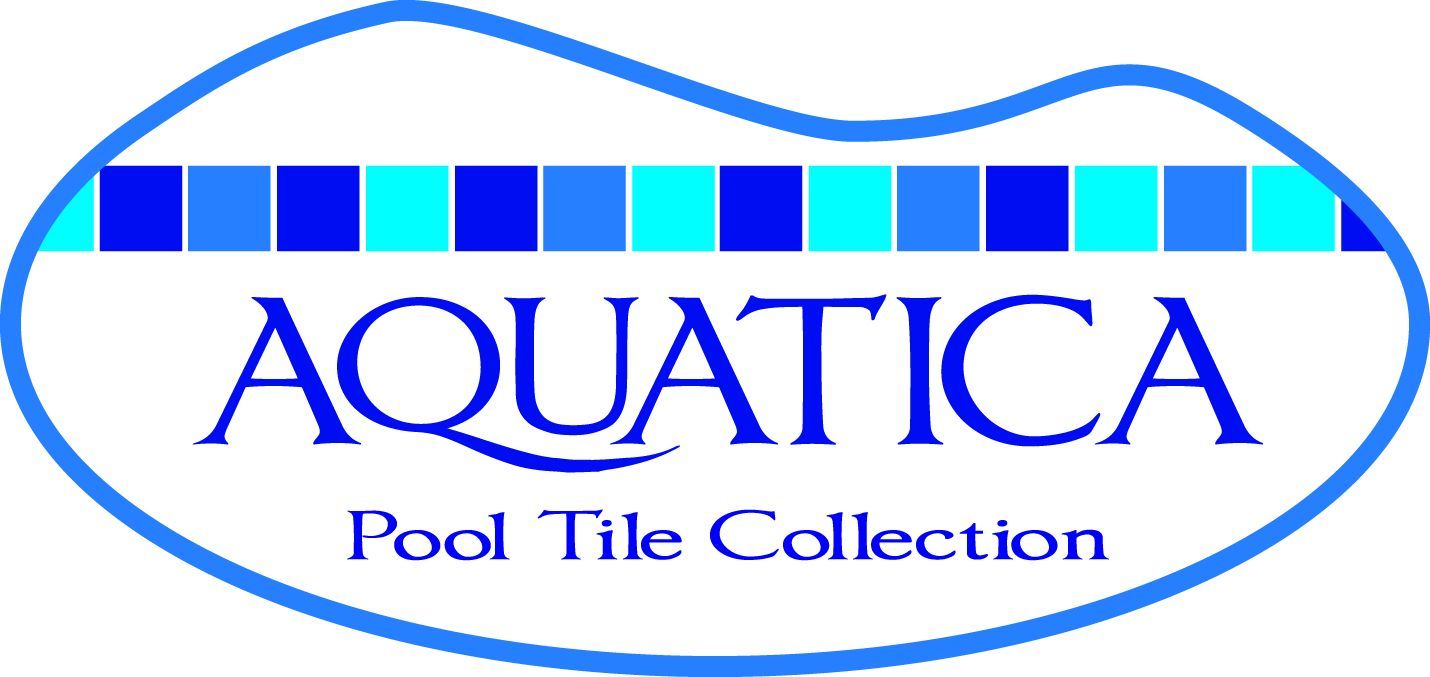Fifty years ago, pioneers like Frank Strand and others
adapted a laboratory tech tool into direct dynamic control of pool chemistry.
That tool, Oxidation Reduction Potential (ORP), had been used in the 1930s through 1960s to help lab researchers conquer issues from Poliovirus to E.coli.
These 1st generation pioneers connected the ORP
sensors directly into the pool recirculation line, unheard of at that time,
then connected it to “affordable” control boxes weighing nearly 100-lbs, and
costing $5,000 (in 1971). They installed these on hundreds of institutional
pools around the US.
In the 1980s, systems became smaller, cost half the price,
and proved reliable enough for 2nd generation ORP pioneers to
install in many thousands of leading municipal pools, waterparks, and smaller
condominium and hotel pools, in Florida alone. Yet, only a handful of pool
service companies embraced the technology at that time.
30 years later, more basic ORP control systems are half the
size and price of the 80s models. They’re required by DOH code on many pools,
and many think it is silly not to be installed on other pools. New 3rd generation
ORP pioneers, the pool service companies, buy them sometimes tens or hundreds
at a time, to install on their route pools. Some say they won’t take on a new
account without a reliable ORP system in place. What happened? Why the rise in
popularity?
ORP technology works – reliably: According to the textbooks,
ORP is a measure of Chlorine (or bromine, ozone, etc.) Potential to Oxidize. It
is second-by-second control of a pool, spa, or interactive water feature (IWF)
that helps compensate for oxidation-killing “detractors” like high pH, higher
stabilizer, and chlorine demand. Controls make minute adjustments to keep the
water safe, sparkling, and free from irritants and harmful organisms. It just
works and has worked well for 40+ years on specific, high-use pools with
little drama and few real issues. But then again, it always really worked, so
what else changed?
Folks understand it better: The rise in popularity also comes
from a better understanding of the technology, both strengths, and limitations.
Hundreds of thousands of belly-to-belly training sessions over the years helped
melt away the questions and concerns, and companies observed how well ORP
worked, given a few basic ground rules. Travelling UPSA (now FSPA) training
seminars with health departments and pool aficionados provide some necessary
classroom education, and now these same classes are available online (from
FSPA) in modern learning formats. ORP can be like many other things, to know it
is to love it.
Technology to the rescue: Probably the biggest contributor to
the popularity rise, besides the incredible desire not to get your pants sued
off, is the improvements in remote control and communications. What was once
looked at as a gimmick, is now a reliable tool to help service companies tweak
their routes to handle the needy customers first. It reportedly also helps
improve the number of accounts handled per tech and helps them navigate the
traffic issues by providing remote control of outlying pools. A smartphone or
tablet serves as a remote-control station for the operators of 30 pools in a
spread-out development, or by hundreds of pools for a county-wide pool tech.
There’s now even an ORP-based, DOH-approved solution to the requirement for
7-day a week chemical testing, which allows the service company to visit these
pools only 3-days a week.
Of course, you need to make sure that you have a
reliable ORP system, and that it is properly set up and calibrated, and that
the chemical feed systems connected to it are also properly designed and
reliable, but most companies find those pretty simple to accomplish. So, the
successful application of ORP seems to really come down to: do you understand
it, do you trust it, and can you set it up to work well for your specific pool
application or pool service structure.
3rd generation pool pioneers are doing that every
day and many others will probably join the fun, once they fully understand the
technology.
FSPA and CES have partnered to offer an ORP course online
for credit at a discount. Visit ces.learnupon.com and use code FSPAORP20 for
20% off!
